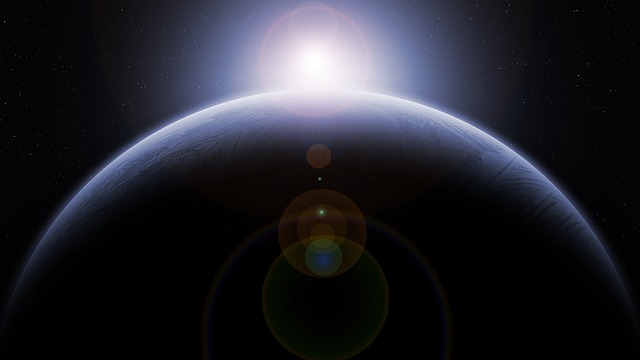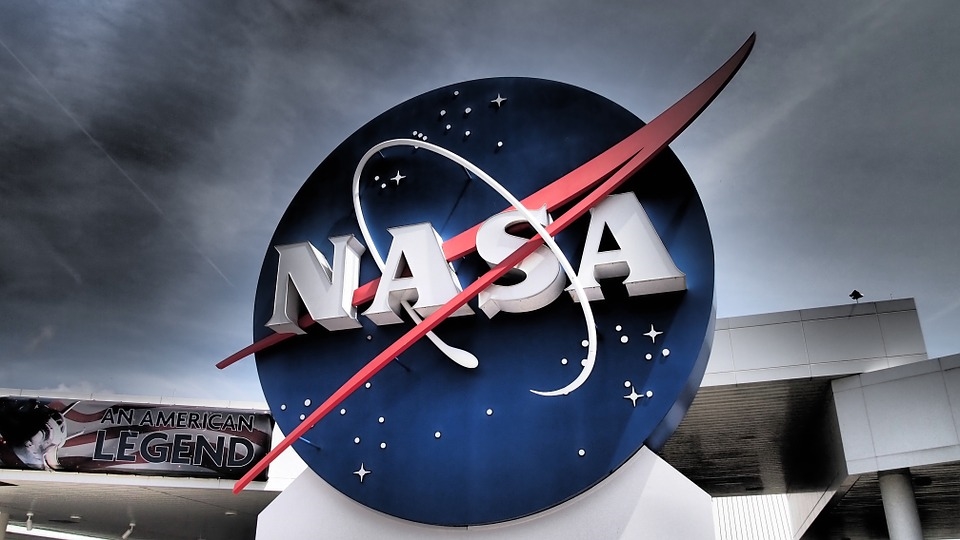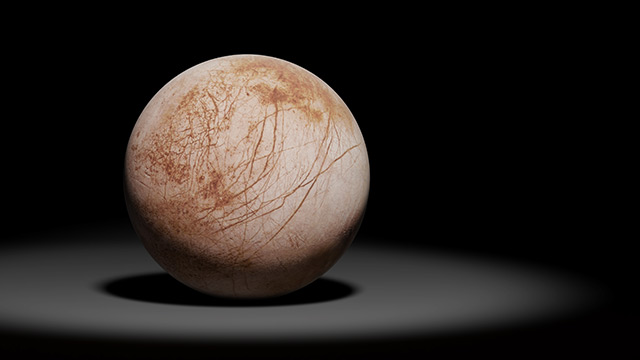
Researchers have not yet determined if even the most simplistic form of alien life exists on Mars. But just in case, NASA is designing spacesuits that will keep astronauts safe from both potential Martian microbes and actual dust.
The crews of the first three Apollo missions that landed on the moon went through quarantine protocol after they returned from the moon. NASA was worried that the astronauts might have been contaminated by alien microbes.
Eventually, the space agency removed the need for quarantine after researchers found no trace of alien bacteria on the Apollo astronauts, their spacecraft or their equipment. The rest of the lunar landing missions went on.
Decades after the final moonwalk in 1972, NASA plans to launch its Mars 2020 mission. The mission to the Red Planet will cache samples for a future sample-return mission, which prompted new concerns about possible contamination of Earth by alien microbes from Mars.
Planetary Science Institute (PSI) researcher Jim Rice has urged NASA to build a specialized containment facility for storing and studying the Martian samples in the future. He stressed that even multiple sample-return missions might not provide enough evidence to reassure experts about astronaut health. (Related: The perils of space travel: Study on mice shows spaceflight negatively affects cartilage, damage linked to osteoarthritis.)
NASA works on spacesuits for astronauts going to the moon and Mars
To stay on the safe side, NASA has called for new spacesuit designs that American astronauts would wear on the moon and Mars. Researcher Lindsay Aitchison explained that the spacesuits would keep both potential alien microbes and lunar or Martian dust away from humans and vulnerable equipment inside their habitats.
NASA plans to return humans to the moon in 2024. The new generation of moonwalkers will not use the old spacesuits from the Apollo era.
Moon dust became a critical limiting factor during the Apollo missions. When the dust ground into the joints of spacesuits, it made the parts difficult to remove and put on.
Lunar dust also wore down soft surfaces and jammed zippers. It even affected tools and equipment like the lunar rover.
Earth enjoys many sources of erosion. The activity wears down the sides of dust and softens the material.
In contrast, the moon receives little in the way of erosion. The sides of the moon dust remain sharp and may damage other materials.
Meanwhile, Martian dust is not only chemically reactive, but also contains perchlorate. The chemical compound is potentially toxic and present in notable concentrations.
Martian dust is more dangerous to astronaut health than potential Martian microbes
NASA has several options to keep disruptive and dangerous dust away from astronauts on the moon and Mars. One approach calls for a "suit port" that docks the astronauts' spacesuits outside the habitat or the rover. The separate facility will keep the suits and dust outside living quarters.
A drawback to the idea of a suit port involves repairing the spacesuits as they get worn out. Astronauts will need to don backup spacesuits to maintain the units stored in the facility and a spacesuit's bulk makes it harder.
Another method relies on new technology to repel dust from the spacesuit in the first place. For example, moon dust possesses an electric charge.
A future spacesuit may generate an electrostatic charge that shares the polarity of the dust. Magnetism will do the rest.
The moon and Mars have different gravity and pressure conditions. The dust on the two extraterrestrial worlds also has different properties.
However, Aitchison said that the Mars spacesuit and its moon counterpart might share some systems such as life support and pressure garments. Reusing parts may reduce the overall complexity and cost of the unit.
Sources include:
Please contact us for more information.


















